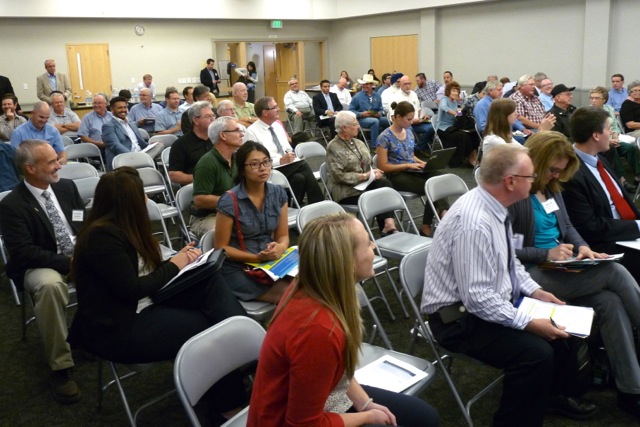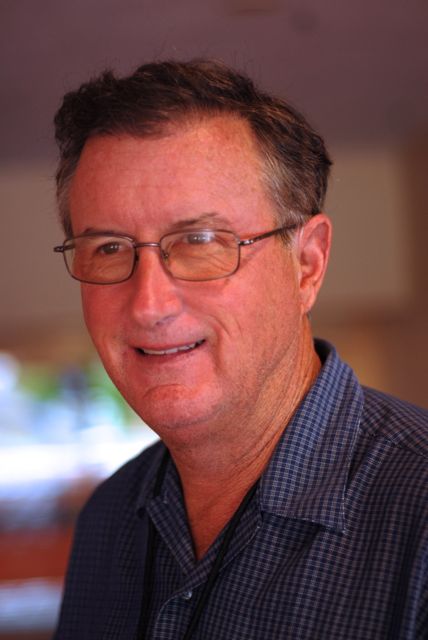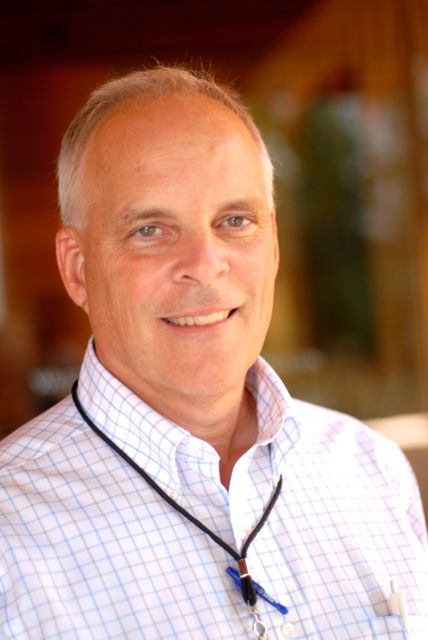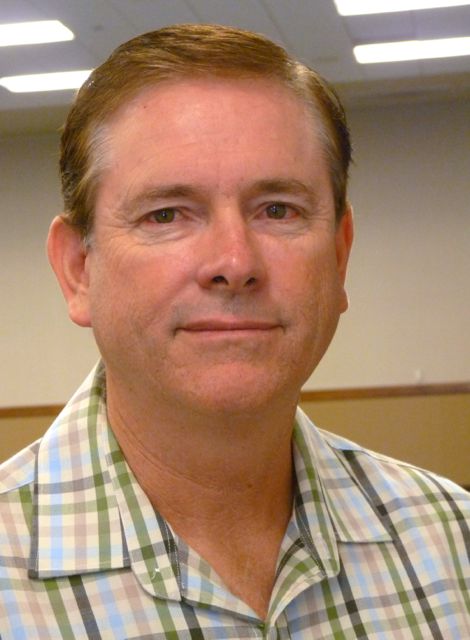Groundwater Recharge at Terranova Ranch
Major Groundwater Recharge Program at Terranova Ranch Progresses
By Patrick Cavanaugh, Deputy Editor
Don Cameron, manager of Fresno County-based Terranova Ranch has been working with the Kings River Conservation District (KRCD) on a groundwater recharge plan for nearly 20 years to convey floodwaters from the Kings River across Terranova Ranch and other properties in the area. “It has been a long, hard, committed struggle,” said Cameron, “but in 2011, we got Natural Resources Conservation Service (NRCS) involved.
“Once we submitted our grant application to the California Department of Water Resources (DWR), they reviewed it and awarded us a $5 million grant, which really got the project off the ground,” said Cameron.
“We are in the third year of work with the grant and we are currently doing the environmental studies with California Environmental Quality Act (CEQA). We are still very much involved in the engineering phase and we are putting a lot of agreements together with all the neighboring agencies that we have to work with,” Cameron said.
Logistically, Terranova Ranch is in an ideal location to capture potential floodwaters from the Kings River. Adjacent to the North Fork of the Kings River where floodwaters move though the James Bypass to the Mendota Pool, Terranova Ranch, provides the operation a unique opportunity in terms of groundwater recharge.
“We are taking farmland that is in production, and when the floods come, we will direct floodwaters across that land and neighboring land, to recharge the groundwater in our fields,” said Cameron. “We have proven that we can recharge in existing vineyards and tree-crop orchards, as well as in tomato, onion and carrot fields before we plant. We can use the floodwater across our farmland so that we do not need a dedicated basin dug out just for a recharge.”
“We know we can recharge anywhere on our land,” explained Cameron. “We can even turn off our pumps and use the water on the land to irrigate, through our drip systems. There are a lot of different ways to attack the problem. We think this is the best fit for our area, and we hope to be successful in rebuilding our groundwater supply,” said Cameron.
“The plan is to dedicate about 250 acres of ground for recharge,” said Cameron. Low levies will be built around the land when floodwaters are anticipated. We may have crops planted on the fields,” but Cameron hopes to be able to predict floods prior to planting a crop. Nevertheless, Cameron said, “We will flood crops if we need to.”
When the fields are flooded, the water may be as much as 2 to 3 feet deep, or as little as six inches deep. But the goal is to keep the water continuously on those fields to continue the recharge.
And since this is a large project involving state money, CEQA must be involved. Cameron emphasized, “We want to be sure that there is no environmental damage to any possible endangered species anywhere near our farm or near the project we are doing. There are state and federal laws that we have to abide by and so we need to jump through those hoops to get the project approved to completion,” said Cameron.
“We have been working with the project for a long time and we think its time has come,” said Cameron. “We are in the fourth year of a drought now and there is a lot of interest in putting water underground now, rather than building dams. We think dams are necessary as part of the overall water storage for irrigation, but we need both aboveground and below-ground storage.”
Cameron contends this groundwater recharge plan could improve groundwater quantity and quality fairly quickly, and be implemented faster than trying to build a large dam in the state. “We want to do our part here,” he said. “We would hate to see all the floodwater flow by during flood periods. It’s smarter to capture those stormwater flows on the land and into the ground water reservoir. We think it’s a real win for the whole state,” he said, adding there has been a lot of interest in duplicating this type of project throughout the state.
Cameron noted the project is perfect for the Sustainable Groundwater Management Act, which went into effect Jan. 1, 2015. “We are going to be ahead of the game on this, which is where we want to be,” he said.
Yet, not fast enough. Though a sizeable El Niño may pound California this fall and winter, bringing potential floodwaters to many rivers, the paperwork for the Terranova Ranch recharge program will not be completed in time. Cameron and the KRCD have been pushing to complete the project, but the agencies that need to sign off are numerous, including:
- California Department of Transportation (Caltrans) – because floodwaters will be moving to additional landowners east of 145.
- Pacific Gas and Electric Company (PG&E) – because water will need to flow under a natural gas pipeline.
- U.S. Army Corps of Engineers – because a major cement structure with gate valves must be in place for the floodwater to be extracted from by-pass. “This will essentially mean that the levies will be breached,” said Cameron.
Again, the floodwaters will be flowing north and to the east, to several landowners in the region. Cameron and KRCD have been doing all the setup for everyone, not just themselves. “We hope, in long term, to expand the recharge project to 16,000 acres,” said Cameron.





















